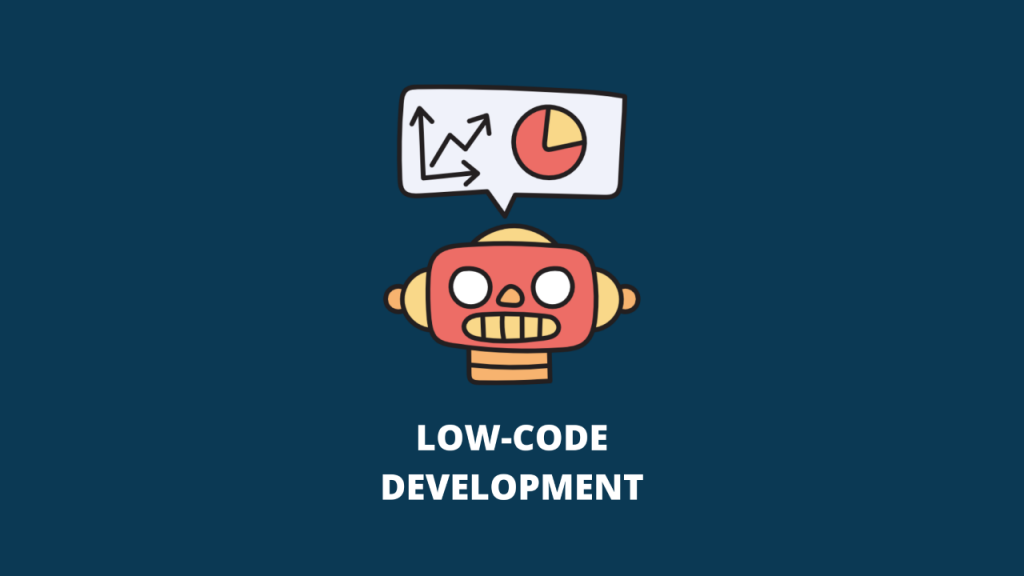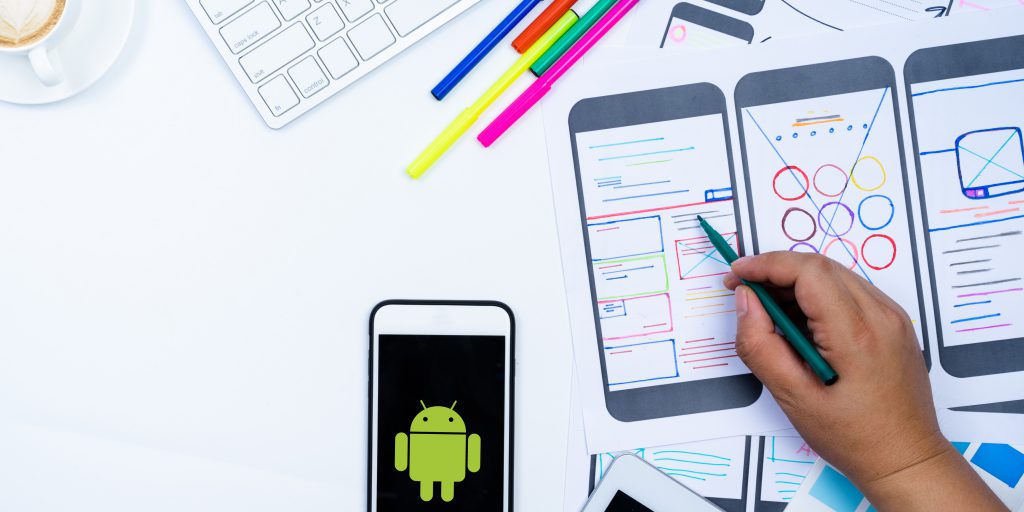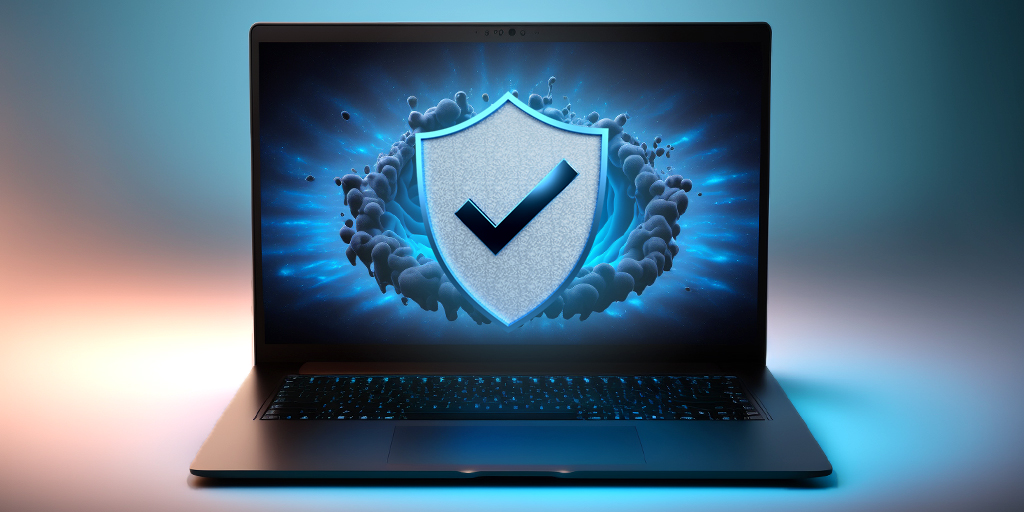
The competition is fierce and organizations are constantly looking for ways to accelerate digital transformation. Enter citizen development—a revolutionary practice where employees with little to no formal development training create business applications using low code platforms. These citizen developers operate outside the traditional IT department, yet they play a critical role in building solutions that benefit the entire organization.
So, why is citizen development a game-changer?
It empowers organizations to tap into their entire workforce, not just the IT team, to tackle the ever-growing backlog of app requests. With more hands on deck, businesses can innovate faster, streamline processes, and meet the digital demands of today’s market.
Breaking the Stereotype: Citizen Developers Are Diverse
There’s a common misconception that citizen developers are a homogeneous group of non-technical employees who are unfamiliar with development processes. But that couldn’t be further from the truth! In reality, they come from a variety of backgrounds, with diverse skill sets and technical abilities. In fact, Gartner reports that 41% of employees are already involved in some form of digital development, many of them are business technologists—individuals who blend business acumen with tech know-how.
This diversity is key to the success of any citizen development program. By embracing the varied skills and perspectives that citizen developers bring to the table, organizations can unlock new levels of creativity and innovation.
The Path Forward: Transforming Innovation Through Citizen Development
To fully leverage the development, it’s essential to understand the nuances that make this practice so powerful.But first hand it is important to how organizations are using citizen development to fuel innovation, and the patterns are clear: it drives faster development cycles, encourages cross-departmental collaboration, and ultimately transforms the way businesses approach problem-solving.
As more companies adopt this approach, the future of innovation will increasingly be shaped by the creativity and insight of citizen developers. By embracing this movement, organizations are not just accelerating their digital transformation—they’re reinventing it from the ground up.
Blueprint for effective citizen developer programs
For a citizen developer program to work effectively, it may seem like you wouldn’t need the IT department much, but the truth is, they play crucial role. To make these programs successful, there are certain steps that need to take into consideration and then form a clear plan or blueprint for success.
1. Build a Strong Low-Code Foundation
The foundation of any successful citizen development initiative begins with a deep understanding of low-code platform. Companies that have integrated citizen developers into their workflow didn’t dive in blindly—they started by mastering these platforms. This knowledge is crucial to guiding and scaling the program effectively.
2. Construct a Solid Base for Citizen Developers
Before fully implementing citizen development, it’s important to provide essential building blocks that will set your program up for success. By developing key resources like style guides, integration frameworks, and example projects, you offer citizen developers a clear path to follow. These stepping stones ensure that projects are aligned with organizational standards and are easier to scale.
3. Establish a Center of Excellence (CoE) and Governance
A well-structured Center of Excellence (CoE) is the backbone of any effective citizen development program. The CoE serves as a team of experts who steer citizen developers towards organizational goals while ensuring adherence to best practices. According to Deloitte, a CoE combines both technical expertise and softer skills like communication and collaboration, resulting in greater buy-in from cross-functional teams. When paired with clear governance, this approach ensures that all solutions are scalable, maintainable, and secure.
4. Select Individuals with STEM and Technology Backgrounds
Citizen developers come from diverse backgrounds, but those with STEM (Science, Technology, Engineering, and Mathematics) experience, or who are comfortable with technology, are often best suited for the role. These individuals typically possess the analytical and problem-solving skills needed to create robust tech-driven solutions. Their ability to build advanced spreadsheets and work with logical structures makes them ideal candidates for driving innovation through citizen development.
5. Empower Through Continuous Training and a Strong Community
For citizen developers to thrive, they need ongoing training and a supportive environment. By offering certifications, workshops, and access to a collaborative community, you can foster continuous learning and growth. Deloitte suggests adopting a talent growth model that merges business and technology training to help citizen developers gain the skills needed for long-term success. This approach also builds a culture of employee empowerment, where innovation becomes part of the organizational fabric.
6. Seamless Integration with IT for Long-Term Success
While citizen development empowers non-technical users, IT plays a critical role in maintaining and scaling the apps created. When an application built by a citizen developer proves valuable and needs to be used widely, IT must ensure its sustainable growth and seamless integration into the company’s tech ecosystem. Research by Gartner shows that distributed initiatives involving both IT and business teams progress 2.5 times faster than traditional methods, highlighting the importance of collaboration in achieving digital success.
Conclusion: A Balanced Approach to Citizen Development
Building an effective citizen development program requires more than just handing employees a low-code platform. With a solid foundation, support from a Center of Excellence, and seamless collaboration between IT and business teams, organizations can unlock the full potential of citizen development. By empowering employees with the right tools, training, and guidance, businesses can foster innovation and achieve digital transformation faster than ever.
How Citizen Development Transforms Innovation
In today’s fast-paced digital landscape, citizen development is becoming a game-changer for organizations seeking to drive innovation. With platforms like DEWStudio, companies can empower non-technical employees to create business applications that solve real-world problems, fast-tracking their digital transformation efforts.
A Real-World Example of Innovation in Action
Consider the case of a major oil and gas company in Malaysia. In just one year, they trained 2,000 citizen developers who contributed to the development of 225 applications, with 25 already live and in production. Now, they plan to scale this initiative to 10,000 citizen developers within two years and eventually enable 50,000 employees to participate in some form of citizen development.
This approach not only boosts efficiency but also unlocks innovative solutions that are tailored to the unique needs of various departments, driven by the people who know the challenges best.
The Future of Citizen Development and AI
The next wave of citizen development will be powered by artificial intelligence (AI). Combining AI with low-code platforms will make it easier for employees with little technical expertise to build powerful applications. AI’s ability to automate complex tasks means that citizen developers can focus on solving business problems without needing deep coding knowledge.
While this simplifies development, it also introduces new challenges, such as bad user experiences or data security risks if not managed properly. This is why centralized IT governance will play a crucial role in the future of citizen development.
Gartner Predictions for AI-Driven Development
The integration of AI into citizen development is set to redefine how applications are created. According to Gartner, by 2026, 60% of the design work for new websites and mobile apps will be automated by Generative AI (GenAI). By 2027, AI could generate 15% of new applications automatically, with minimal human intervention.
In this future, citizen developers will be able to create sophisticated applications by simply typing a prompt or speaking to an AI interface, eliminating the need for extensive coding skills. As AI lowers barriers to app development, IT oversight will become even more critical to ensure scalability, security, and quality.
Embracing Citizen Development for Future Innovation
As AI and GenAI continue to evolve, organizations that embrace citizen development now will be well-positioned to lead in the future. Companies that invest in the right tools and strategies will unlock new avenues for growth and creativity, fueling their innovation pipeline.
How to Prepare Your Organization for Citizen Development
To thrive in the age of citizen development and AI, organizations need to start by building a strong foundation. This includes equipping a capable IT team to train employees, oversee projects, and ensure compliance with best practices. Additionally, selecting a flexible low-code platform that can integrate future AI advancements will help your company stay competitive.
By acting now, your organization can get ahead of the curve, drive meaningful innovation, and be at the forefront of the citizen development revolution.
Get started with DEWStudio today and see how citizen development can empower your organization to achieve new heights!



